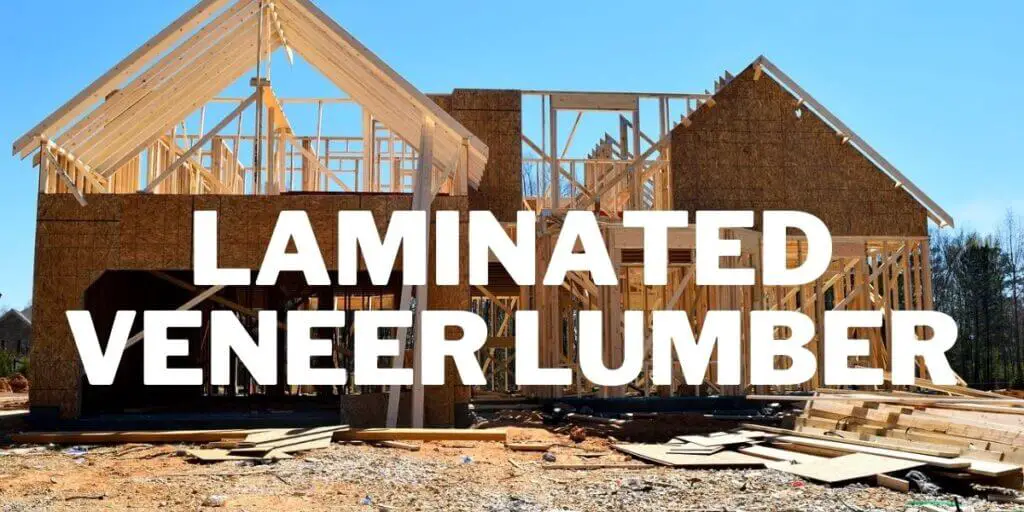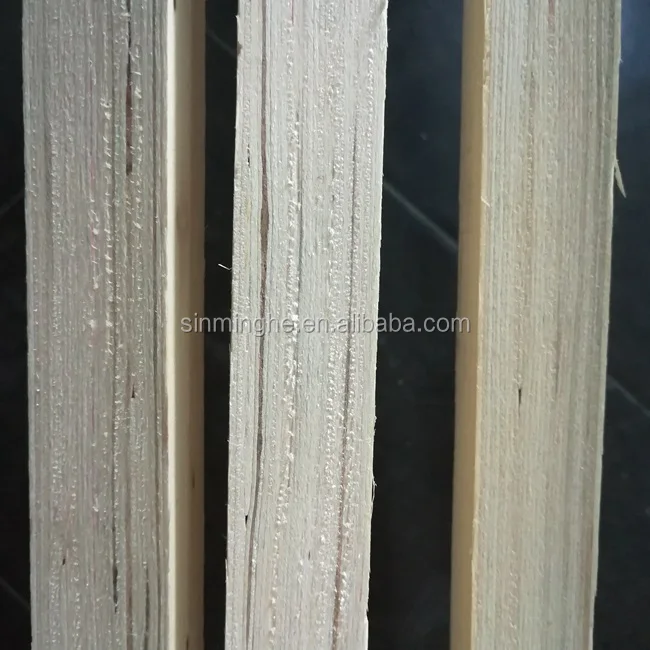

Although the creation of LVL is often proprietary and thus its make-up is largely dependent on individual manufacturers, in general one cubic meter of North American lumber is composed of 97.54% wood, 2.41% of phenol formaldehyde resin, 0.02% of phenol-resorcinol-formaldehyde resin, and 0.03% fillers. LVL is typically rated by the manufacturer for elastic modulus and allowable bending stress. The stacking of these veneers into a complete board, called a billet, creates a single piece of LVL sharing a common direction of wood grain. In LVL, the direction of the wood grain is always parallel to the length of the billet. Laminated veneer lumber is similar in appearance to plywood, although in plywood the veneers switch direction while stacking and in LVL the veneers all stack in the same direction. Most corporations considered Troutner's invention to be a niche product and it was not until the mid-1980s when logging became an environmental concern and corporations moved toward engineered lumber that LVL became widespread in use. Troutner proved the structural capabilities of his Micro=Lam product by building a house in Hagerman, Idaho, using beams made of Micro=Lam. "Micro=Lam LVL" consisted of laminated veneer lumber billets 4 feet (1.2 m) wide, 3 + 1⁄ 2 inches (89 mm) thick, and 80 feet (24 m) long. While glue laminated wood veneers were in use since the middle of the 19th century on a small scale for furniture and pianos, Troutner was the first to develop a laminated veneer lumber of a scale large enough to be used in construction. The invention of laminated veneer lumber as known today can be attributed to Arthur Troutner. The war industry utilized a panel material developed by the Homasote Company of Trenton, New Jersey, made of wood pulp and ground newspaper, to be used in place of siding and sheathing for buildings. In 1942, an increased demand for wood caused a sudden timber shortage. The first explorations into engineered lumber happened during World War II in the United States. LVL is mentioned as a subcategory of structural glued laminated timber. The 1991 release is the first release which mentions LVL. The American Wood Council's National Design Specification for Wood Construction is generally updated on a 3- to 5-year cycle. While plywood became widespread by the early 20th century, the invention of LVL was not until the 1980s after the invention of oriented strand board. They are the result of new technology and economic pressure to make use of new species and smaller trees that cannot be used to make solid sawn lumber. Structural composite lumber products, including LVL, are a relatively recent innovation. LVL is a type of structural composite lumber, comparable to glued laminated timber (glulam) but with a higher allowable stress. Due to its composite nature, it is much less likely than conventional lumber to warp, twist, bow, or shrink. LVL offers several advantages over typical milled lumber: Made in a factory under controlled specifications, it is stronger, straighter, and more uniform.

It is typically used for headers, beams, rimboard, and edge-forming material. Laminated veneer lumber (LVL) is an engineered wood product that uses multiple layers of thin wood assembled with adhesives.


 0 kommentar(er)
0 kommentar(er)
